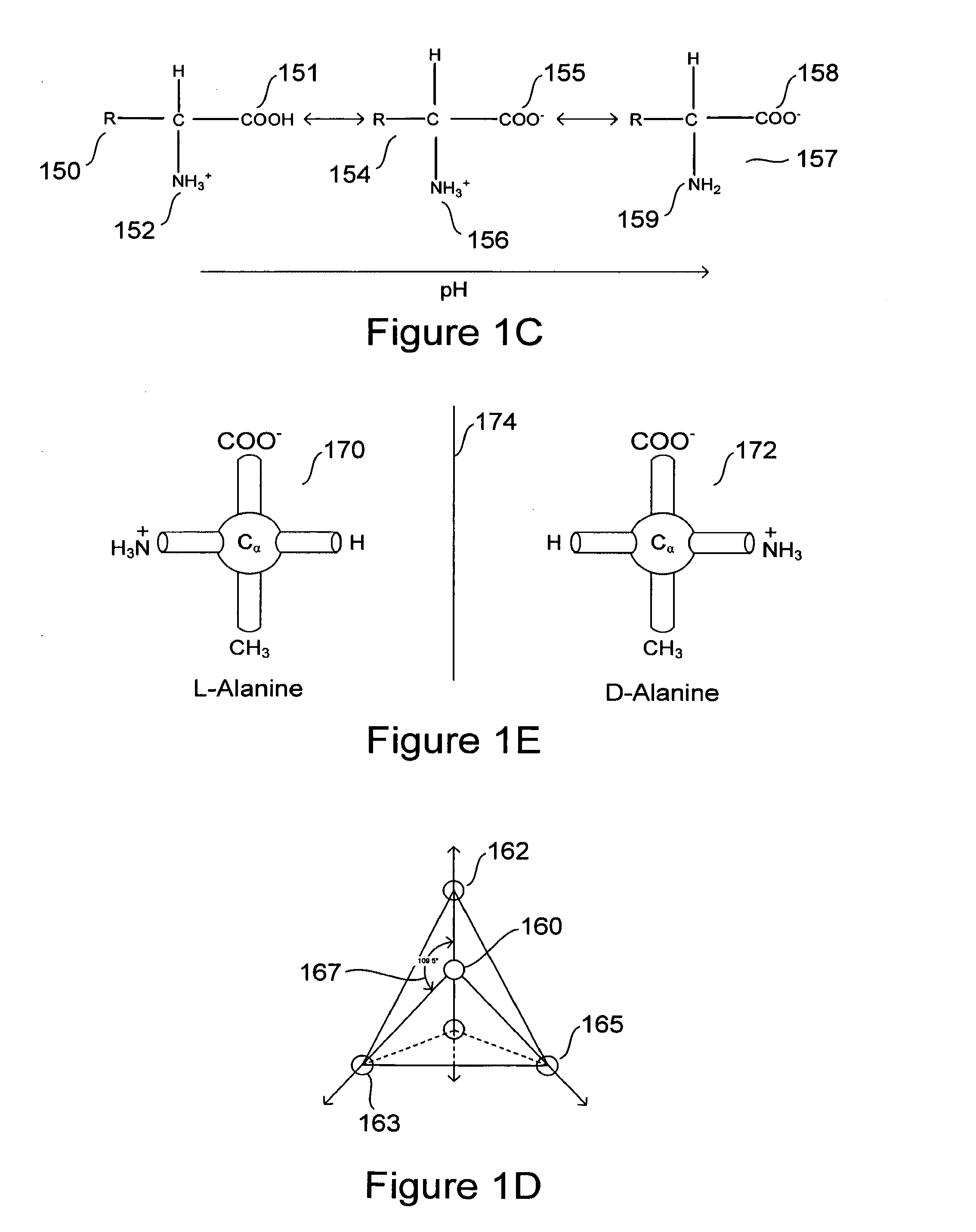Computationally designed inhibitors of amyloidosis
a technology of amyloidosis and inhibitors, applied in the field of computationally designed inhibitors of amyloidosis, can solve the problems of incalculable human life and disruption of the lives of family members, care-givers, and employers of those afflicted with amyloid disease, and the increase in the cost of caring for those suffering from amyloid diseases
- Summary
- Abstract
- Description
- Claims
- Application Information
AI Technical Summary
Benefits of technology
Problems solved by technology
Method used
Image
Examples
Embodiment Construction
[0038]Embodiments of the present invention are directed to computational methods for designing inhibitors of amyloidosis, to small-molecule and polymer amyloidosis inhibitors designed by these computational methods, and even to any of various non-chemical physical processes that may be designed to inhibit computationally derived binding sites at which amyloidogenic intermediates bind together to form polymer-like aggregates. Discussion of the method, system, and therapeutic embodiments of the present invention follows a number of initial subsections, below, that provide overviews of: (1) protein and protein structure, including extended α-strand and α-sheet; (2) the process by which certain proteins and polypeptides unfold and refold to produce amyloidogenic precursors and subsequently aggregate to form protofibrils, fibrils, and higher-order structures; and (3) other aspects of amyloid diseases.
Overview of Polypeptides and Proteins
[0039]Naturally occurring polypeptides and proteins...
PUM
| Property | Measurement | Unit |
|---|---|---|
| angle | aaaaa | aaaaa |
| angles | aaaaa | aaaaa |
| angles | aaaaa | aaaaa |
Abstract
Description
Claims
Application Information
 Login to View More
Login to View More - R&D
- Intellectual Property
- Life Sciences
- Materials
- Tech Scout
- Unparalleled Data Quality
- Higher Quality Content
- 60% Fewer Hallucinations
Browse by: Latest US Patents, China's latest patents, Technical Efficacy Thesaurus, Application Domain, Technology Topic, Popular Technical Reports.
© 2025 PatSnap. All rights reserved.Legal|Privacy policy|Modern Slavery Act Transparency Statement|Sitemap|About US| Contact US: help@patsnap.com



